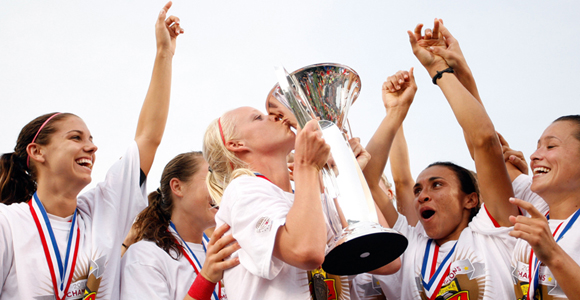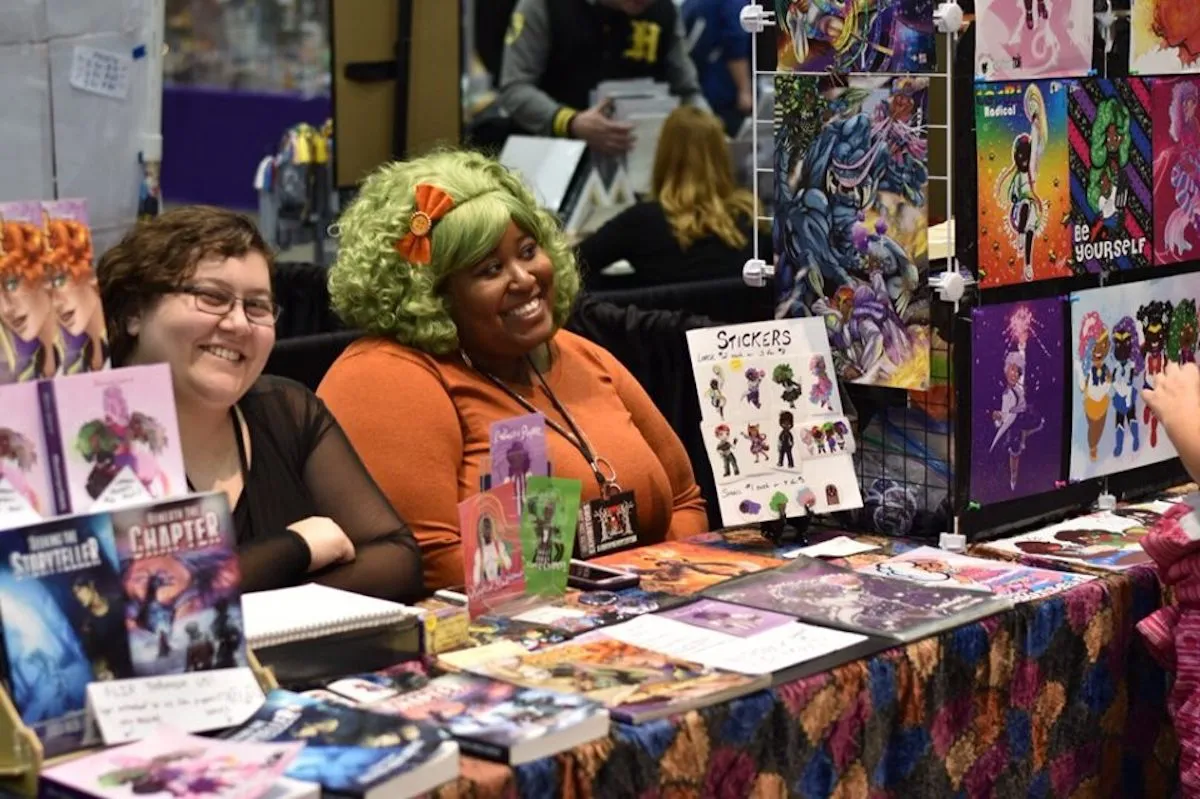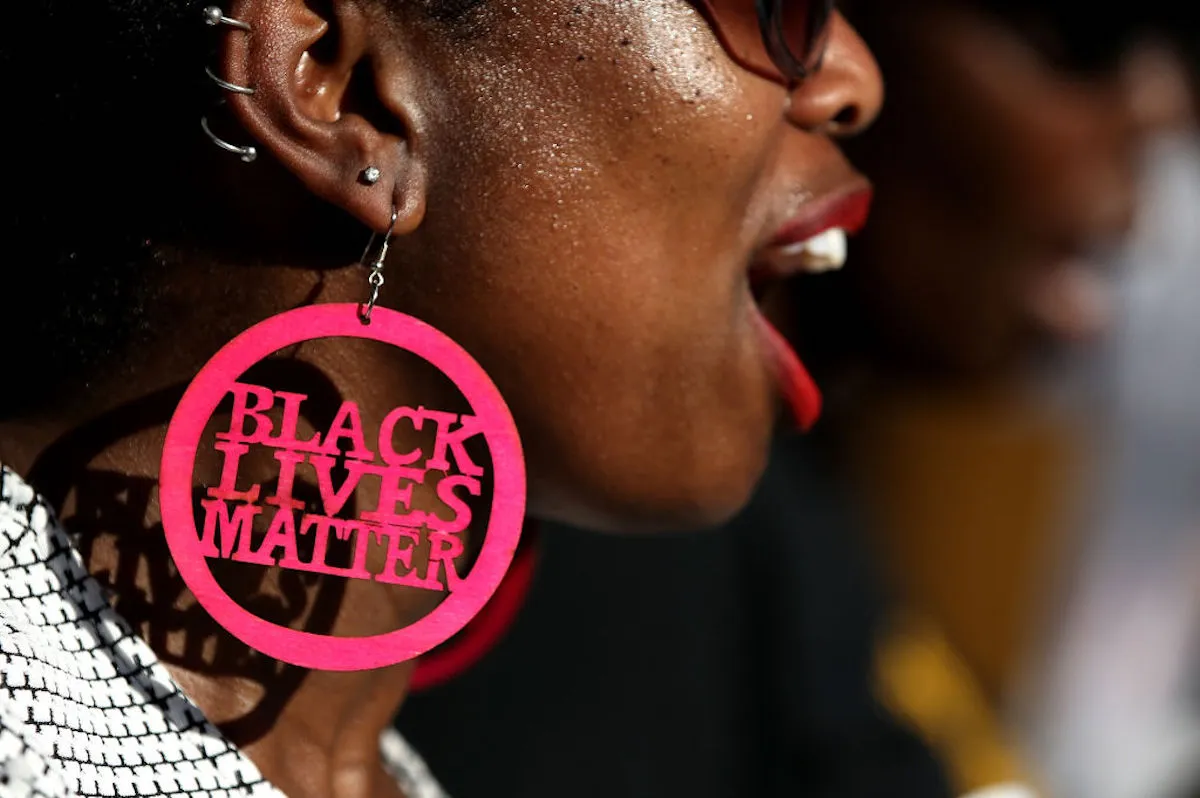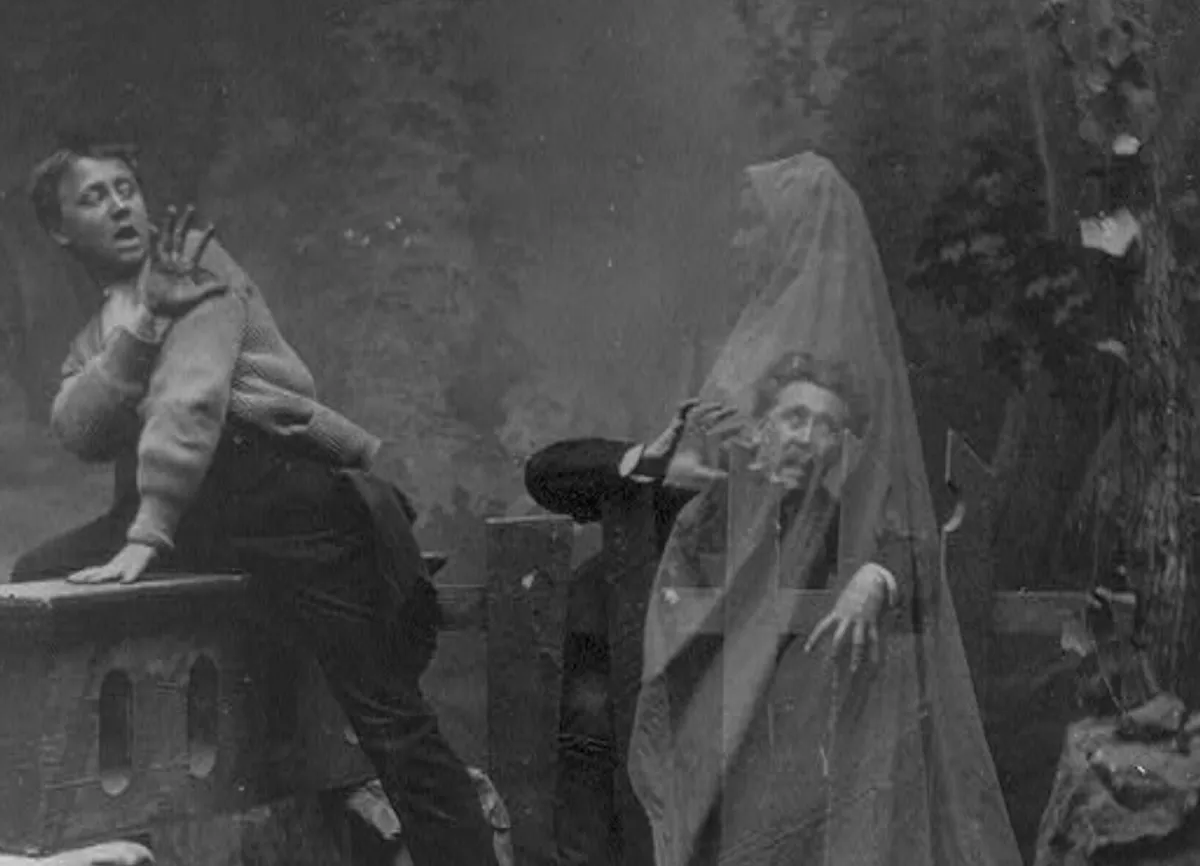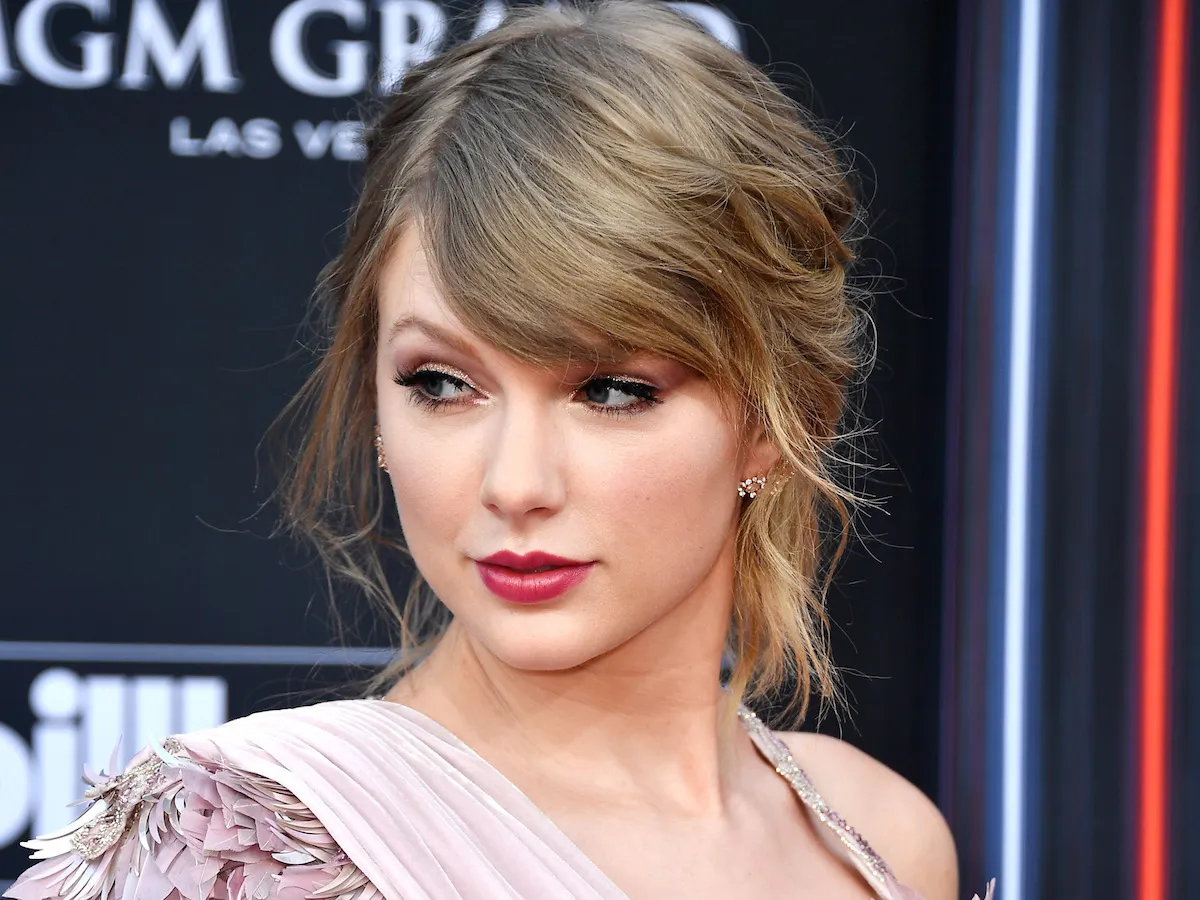Back in May, we brought you the sad news of the official demise of Women’s Professional Soccer. They may have two failed leagues behind them but the women aren’t even close to giving up.
The bleak warning signs that WPS was on it’s way to an early grave were there for some time. In December of last year, the word was put out that the league was in jeopardy and that help was needed. “Our primary goal is to retain our [Division 1] status. We just came off a phenomenal season in 2011 and it feels like this is our time,” said Jennifer O’Sullivan, the league’s commissioner. “We are determined to provide the platform for the development of the next generation of national team players. There’s too much here to walk away from.”
Originally there was the Women’s United Soccer Association, started in 1999, and ran until 2003. WPS picked up the slack in 2009 with seven teams but were already below US Soccer’s minimum of eight when they dropped to five in recent years. Past and current players, fans, and associates attempted to keep the worst from happening (even starting an an online petition) but it didn’t work. “We sincerely regret having to take this course of action,” said T. Fitz Johnson, owner of the Atlanta Beat and chairman of the board of governors, in May.
But just because the league is through doesn’t mean the future of women’s soccer is doomed. Far from it.
According to the Boston Globe, “After the WPS folded, a few owners gathered their pride, assessed their resources, and joined the semi-pro WPSL Elite, a place where paychecks are not enough to live on (or don’t exist), where busing is the preferred method of transportation, and where a 2,100-person sellout is celebrated.”
Several leaders met in Chicago last week to discuss how the leftover league could move forward. “In the room or on the telephone were former WPS owners, representatives from MLS, US Soccer, and US Youth Soccer, former players, former national team coach and WUSA commissioner Tony DiCicco, and representatives from the USL, which runs the W League, a pro-am league like the WPSL Elite,” writes the BC. “They discussed logistics, finances, partnerships, a future. They discussed managed expectations and modest hopes. They walked out with optimism.”
They saw two options: downsizing and having players hold day jobs to support themselves, or team with Major League Soccer, much like the WNBA is joined with the NBA. The latter option is something Atlanta Beat player Carli Lloyd said after the announcement in May. “I don’t think the pay can be as glamorous as it has been in the [WPS]. Maybe partnering with [Major League Soccer] would be beneficial, like the WNBA does with the NBA,” she said.
Unfortunately, MLS doesn’t seem to want anything to do with them. The BC says, “The likely result is a 12-16-team league built from franchises that already exist in semi-pro and pro-am leagues. US Soccer seems likely to be a part, though the role is yet to be determined.”
“We’re absolutely willing to be actively involved in it in a way that makes sense for us, for the clubs and leagues that are involved, and the role that the federation has,” said Sunil Gulati, president of the US Soccer Federation. “So I think everything’s open to discussion and certainly the discussion we had last week was wide-ranging and, I think, very productive as a first step.”
The basic ideas they all have are to start small, watch budgets closely, and cultivate a community.
“That’s the only way that the US can remain on top is if we grow it from the ground up in America, not going overseas and hoping for the best in America,” said former national team player Cat Whitehill.
I think the bottom line is, a league can work as long as people want it to work and it’s evident they do. Here’s hoping for the best!
(via The Boston Globe, image via Howard C. Smith)
Are you following The Mary Sue on Twitter, Facebook, Tumblr, Pinterest, & Google +?



